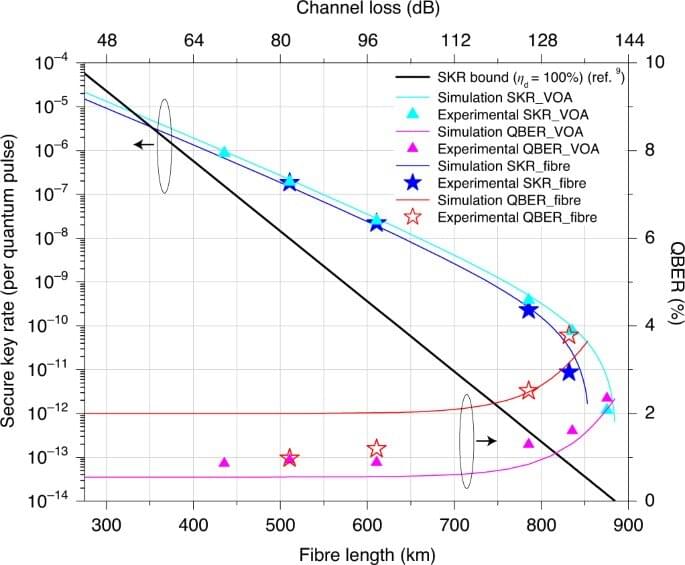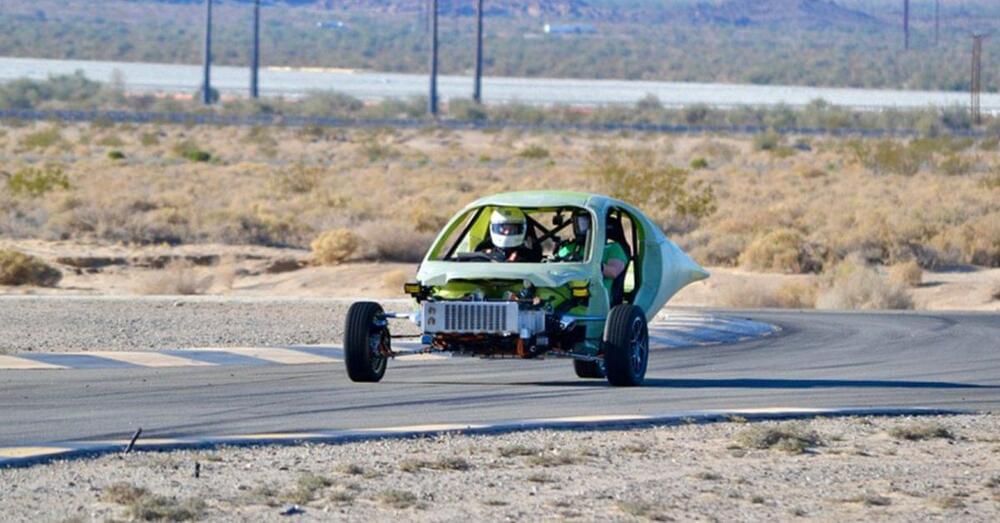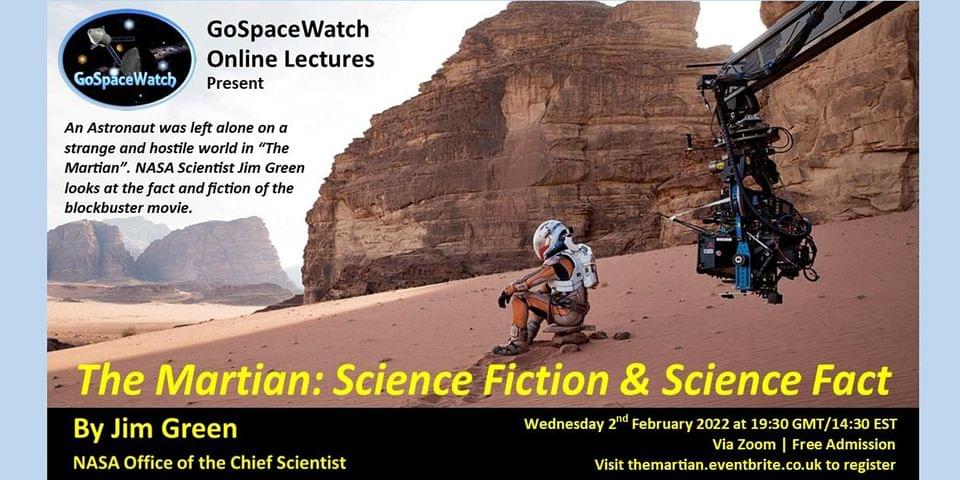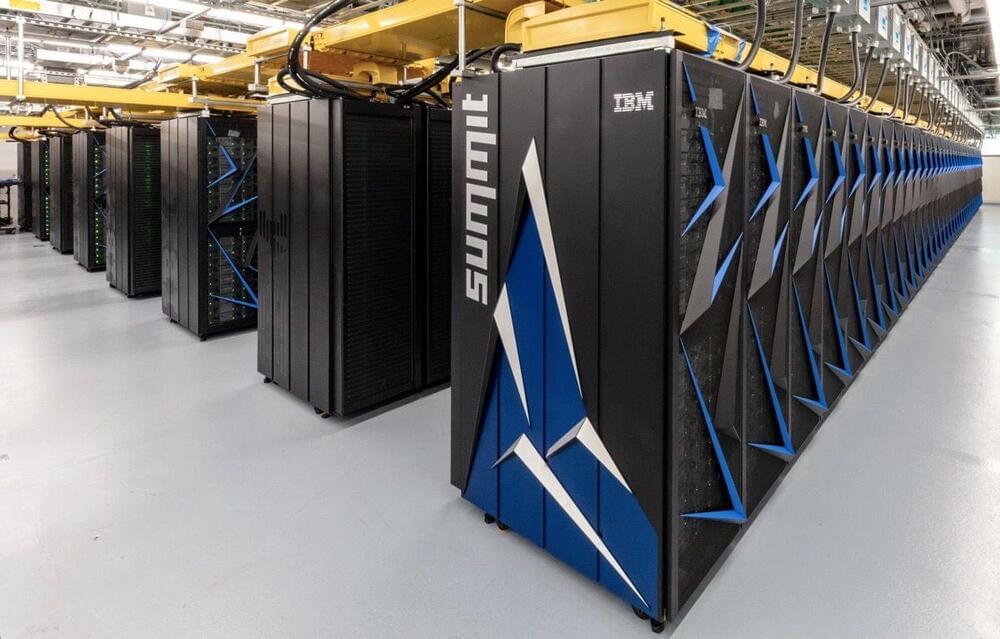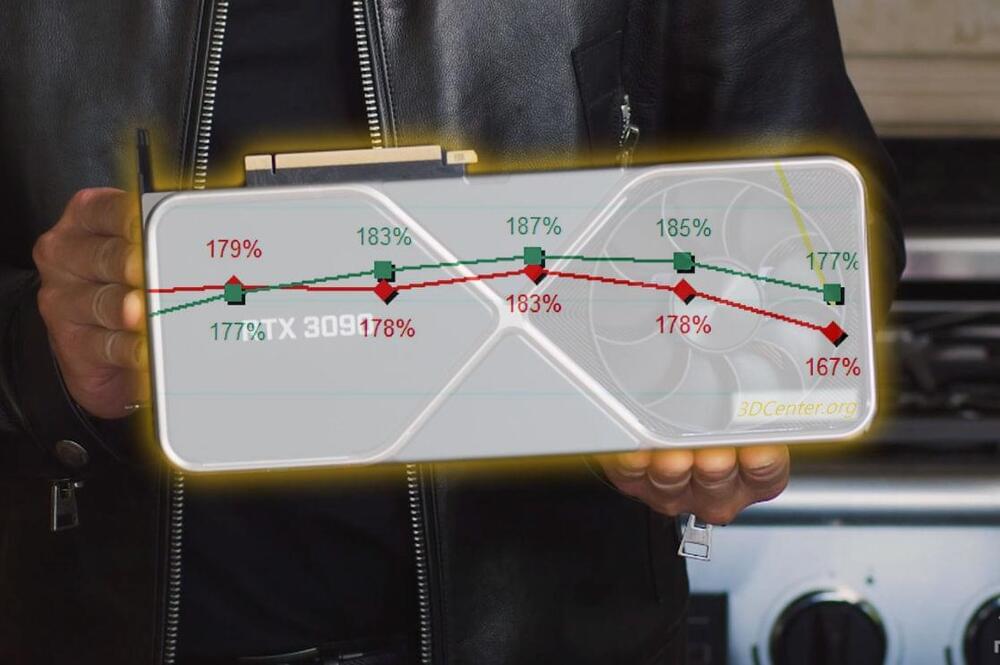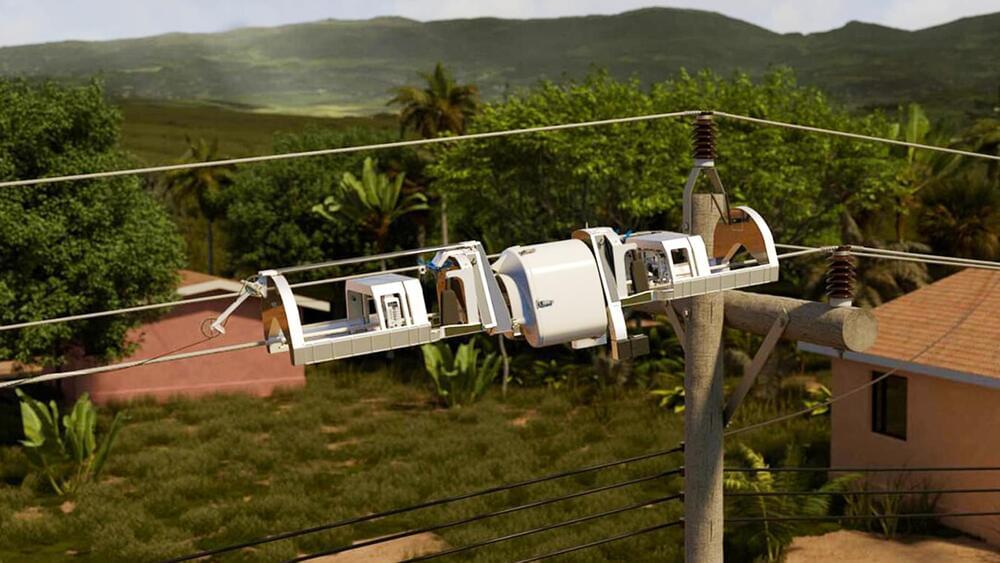Building resilience for healthy aging — dr. charlotte yeh, MD, chief medical officer, AARP services.
Dr Charlotte Yeh, MD Chief Medical Officer, AARP Services, Inc. (https://www.aarp.org/about-aarp/aarp-services/), where she works with the independent carriers that make health-related products and services available to AARP members, to identify programs and initiatives that will lead to enhanced care for older adults.
AARP (formerly called the American Association of Retired Persons) is a United States–based interest group focusing on issues affecting those over the age of fifty. According to the organization, it had more than 38 million members as of 2018.
Dr. Yeh has more than 30 years of healthcare experience – as a practitioner and Chief of Emergency Medicine at Newton-Wellesley Hospital and Tufts Medical Center, as the Medical Director for the National Heritage Insurance Company, a Medicare Part B claims contractor, and as the Regional Administrator for the Centers for Medicare and Medicaid Services in Boston.
Dr. Yeh is widely recognized for her commitment to and passion for the healthcare consumer and has received numerous honors for her efforts on behalf of patients. As a health care leader, she has served on numerous boards and committees throughout her career, and currently sits on the Blue Cross Blue Shield of Massachusetts Foundation Board, the Optum Labs Scientific Advisory Board, and the HX360 Executive Leadership Advisory Board.
